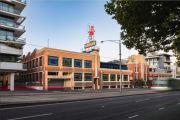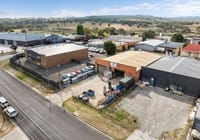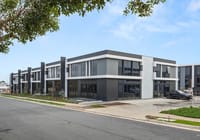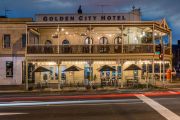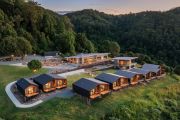
Alternative real estate swells to $235b as tailwinds build
The tailwinds are building for investment in alternative commercial real estate assets – including accommodation facilities, healthcare properties and data centres – as traditional sectors such as office and retail remain challenged.
Investment in the diverse sector has surged over the last four years, taking its value to an estimated $235 billion by 2022, a tally comparable to the size of the nation’s industrial or retail sectors, according to a JLL report.
While the sector, once considered niche, has steadily won increasing institutional interest, it is also getting a lift from broader demographic trends, including an ageing population, demand for rental accommodation and surging need for cloud computing storage. Those factors combine to drive rents in the sector, an appealing factor as investors hunt for income yields sufficient to beat inflation.
“Almost all alternative sectors have compelling demographic or structural tailwinds,” said Louise Burke, JLL associate director for alternatives research.
“These range from the rising number of two-working-parent households fuelling childcare demand, to Australia’s ageing population profile spurring demand for healthcare services and senior living.
“However, variations in tailwind strength alongside relative sector maturity and regulatory hurdles will dictate the potential for investable universe growth over the next decade.”
“Overall, our 2023 outlook is that alternative real estate sectors are anticipated to play an increasingly important role in portfolios, particularly as investors re-weight allocations away from core assets particularly challenged by structural changes, such as e-commerce and working from home habits.”
The diverse category of alternatives takes in accommodation facilities – retirement living, student accommodation, build-to-rent and manufactured housing – as well as social infrastructure – ranging from health and aged care to child care – and light infrastructure, which includes data centres, self-storage and even renewable energy facilities.
The volume of deals fell back a little last year, to around $4 billion by the start of December, down from the previous year’s strong total of $6 billion.
The elevated investment cycle in alternatives kicked off in 2019 with headline deals such as the $2.5 billion sale of Healthscope’s hospital portfolio and Scape’s acquisitions of Urbanest’s $2 billion student accommodation portfolio and the $680 million Atira portfolio.
The hospitals deal was struck on a passing yield of about 5 per cent while the Atira student facilities platform was acquired on a passing yield of 6 per cent, according to JLL. Over the past seven years yields have tightened by 300-400 basis points across key classes in the alternatives sector.
“Underlying end-user demand is supporting the case for real rental growth across several sectors, which is helping fight the impacts of rising financing rates on capital values,” said Noral Wild, JLL’s head of alternative investments.
“Many alternative sectors offer dynamic operating models where rents can be reset more periodically compared to the typically longer lease terms in core sectors. This includes sectors like student accommodation, BTR, self-storage and some data centre operational models.”

